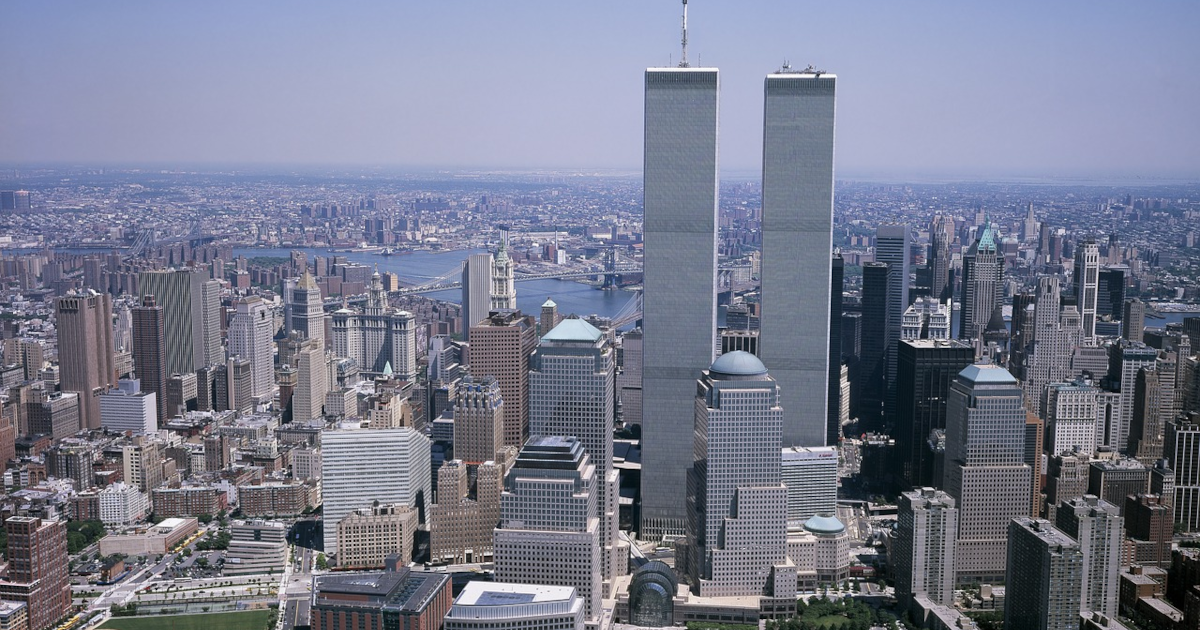
9/11 Archives: “On the Physics of High-Rise Building Collapses”
Neither before nor since 9/11 have fires caused the total collapse of a steel-framed high-rise—nor has any other natural event, with the exception of the 1985 Mexico City earthquake, which toppled a 21-story office building.
April 1, 2023 | Source: OffGuardian | by Steve Jones, Robert Korol, Anthony Szamboti & Ted Walter
Republished as part of our 9/11: From the Archives series, where we revisit some of OffG’s best 9/11 articles over the years for the benefit of our post-Covid audience.
In August 2002, the U.S. National Institute of Standards and Technology (NIST) launched what would become a six-year investigation of the three building failures that occurred on September 11, 2001 (9/11):
1. the well-known collapses of the World Trade Center (WTC) Twin Towers that morning and
2. the lesser-known collapse late that afternoon of the 47-story World Trade Center Building 7, which was not struck by an airplane.
NIST conducted its investigation based on the stated premise that the “WTC Towers and WTC 7 [were] the only known cases of total structural collapse in high-rise buildings where fires played a significant role.”
Indeed, neither before nor since 9/11 have fires caused the total collapse of a steel-framed high-rise—nor has any other natural event, with the exception of the 1985 Mexico City earthquake, which toppled a 21-story office building.
